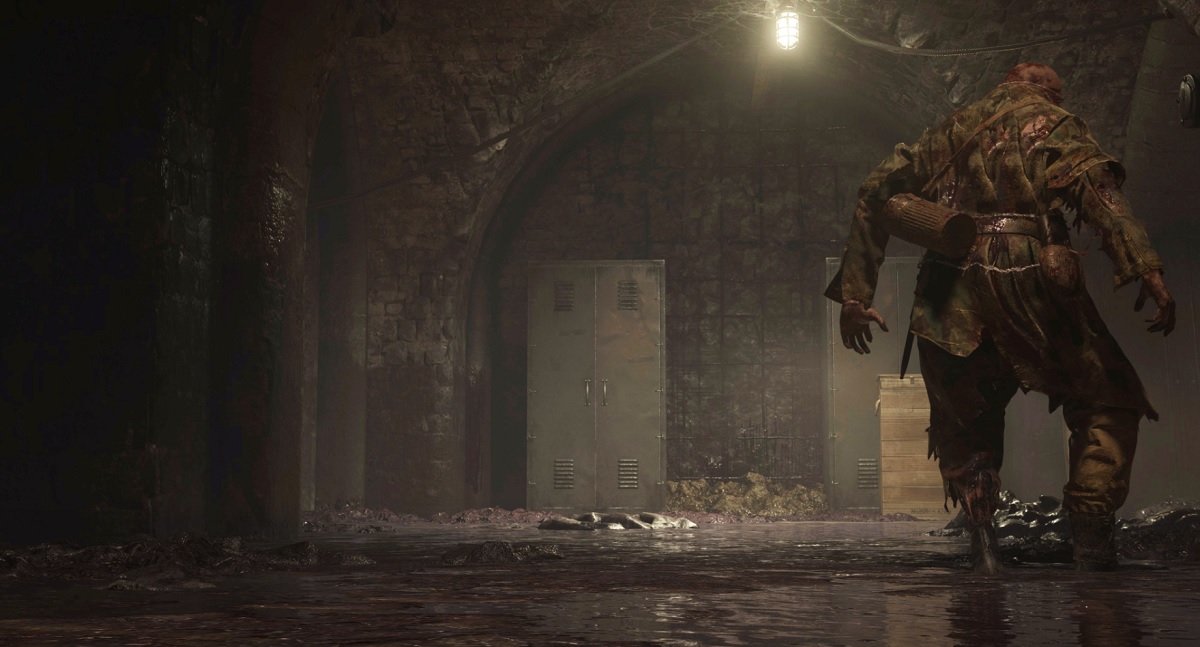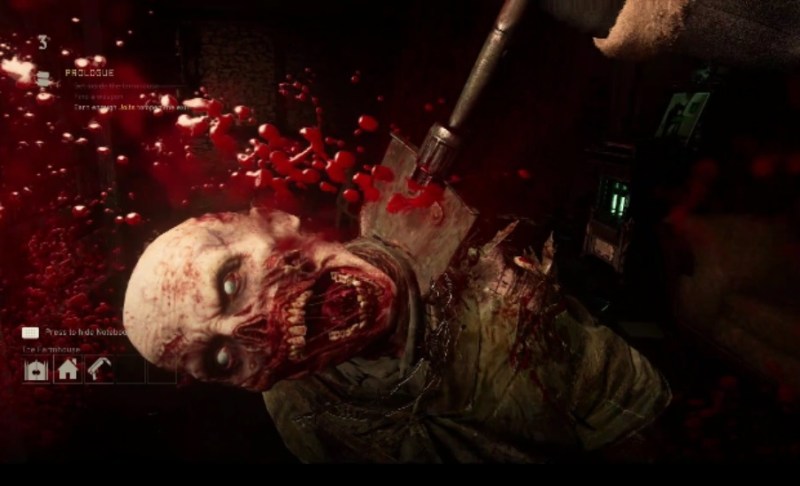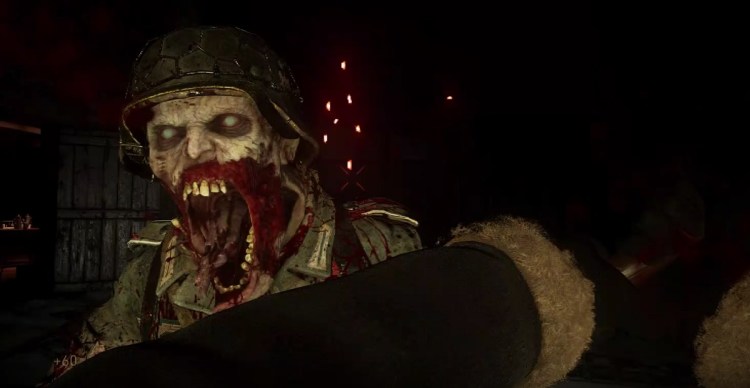GamesBeat: This is something cinematic?
Horsley: Right.
GamesBeat: Those guys there who were playing for about an hour, did they hit the cinematic ending?
June 5th: The AI Audit in NYC
Join us next week in NYC to engage with top executive leaders, delving into strategies for auditing AI models to ensure fairness, optimal performance, and ethical compliance across diverse organizations. Secure your attendance for this exclusive invite-only event.
Horsley: The funny part — I don’t know if this is good or bad. Those guys were playing our mainstream path. They did not complete it. They still had work to do. And they didn’t see a single Easter egg, not one. We made the map, like I said about poles — we have a really cool way to experience the map and see some amazing stuff with your friends, and we also have a bunch of hidden stuff. The world isn’t what it seems to be. You have to look a little harder to see what’s there.
There’s a whole different ending. We have rewards. If you finish it in the “hardcore” mode there are all sorts of unlocks, rewards, costumes, stuff like that. You get some of that for the main path as well. We have videos, recordings, all kinds of stuff hidden in this map.

Above: Zombies underground.
GamesBeat: In between the main game’s single-player levels, you see cinematics each time. Is there a reason not to do as much of that here? Are people not really looking for as much of a story in Zombies?
Horsley: We do talk about that. It’s quite a lot of effort to make the cinematics. We have less of a story to tell than the single-player. Single-player is really about the choices people made during the war, the consequences, the regrets, how people changed. They properly focused on that. The Zombies stuff isn’t as story-focused. We do have an intro that you saw, and a finale cinematic. But it’s less story-driven.
Although ironically we have a ton of story in the game itself, if you look for the audio recordings and video recordings. We have a lot of voice-over stuff. Our audio director and creative director came up with a system where the characters themselves, as you play, as they get closer to death or under more pressure, their voices change. They start swearing and grunting and screaming and carrying on. They call it emotional punctuation. It doesn’t carry the whole scene, but it does punctuate it. You can get yourself wound up. If you’re playing solo or with a buddy, you can get jump-scared and the character screams, you scream, everybody screams.
GamesBeat: Some of the other Zombies experiences have been more cinematic, it seems like. Or more structured, more episodic?
Horsley: We’ll be doing something similar. This version, we’ll be releasing our main product, and then we’ve got some followup maps, each of which continues the story. Each of them have intros and finales. There’s the same persistent characters coming through. My creative director, Cameron Dayton, he has an entire story of forgiveness and betrayal and learning and remorse, back stories for all these characters.
All of our actors — Elodie Yung, Ving Rhames, David Tennant — we have some voice-over sessions with them tomorrow morning, in fact. They have a whole bunch of voice-over. Each character has their own perspective on the world. As you walk through the world, they have commentary that reflects their individual stories. As much as I might say we don’t have as much story focus as single-player, it still informs the experience. Drostan, for instance, is a professor and an art thief. He was arrested and had a choice of going to prison or helping the Allies identify this looted art. His perspective is reflected in his language and his tone.
GamesBeat: So we’re not going to find out the brother’s fate for quite a while now?
Horsley: Marie’s story, which becomes apparent as you find materials and work through the map with her — she separated from her family during the early days of the Nazi regime. She didn’t support their politics and she left her family. She has a keen regret about this, because she misses her brother and her parents, who live in Mittelburg, this little town.
Klaus, her brother, he embraced the Nazis and was, from his perspective, a patriot. But it turns out that Klaus developed a deep remorse about his involvement with Doctor Stroud, who started to create the zombies, and found out what they were really about. He writes a letter to Marie and says, “Look, I’m sorry. I made a mistake. I’m going to try to sabotage this. I hope you forgive me.” You learn about this in some of the recordings. Marie, in the intro, says, “Look, we’re here to rescue my brother.” The other three are saying, “Uh, what the hell?” So there’s that conflict to start.
Anyway, the finale has a lot to do with her brother and what the Nazis did to him and how she hopes to rescue him. It’s a horror game. Things don’t always go well. But that’s all built into the game, that story. We talked about character motivations and why things are a certain way in the levels. If you talk to the art director or the creative director, they have the whole thing. The whole world makes sense. It’s consistent within itself. It’s why we have all these diesel generators, why the zombies are all bolted together, why the guns are a certain why, how the energies from the zombies unlocks these boxes.

Above: Shovels are useful in Nazi Zombies.
GamesBeat: Do you feel like the team gets more creative leeway because you don’t have to adhere to as much history?
Horsley: For Call of Duty, and certainly for this version, the Zombies mode was a way for us to let our hair down and have a little party. We’re over here on the other side of history versus fiction. The single-player guys, those battles happened. Those places existed. There’s a weight to something like Normandy, what happened to real people in real lives. They feel a responsibility to that and treat it very seriously.
We’re on the Zombies side. We can create an experience for players that’s not real. We took some liberties accordingly, in service of entertainment. We’ll change the pace up for players.
Call of Duty: WWII is available on November 3 for the PC, Xbox One, and Playstation 4. The publisher provided GamesBeat with a copy of PS4 edition of the game for this review, and I attended a review event.


